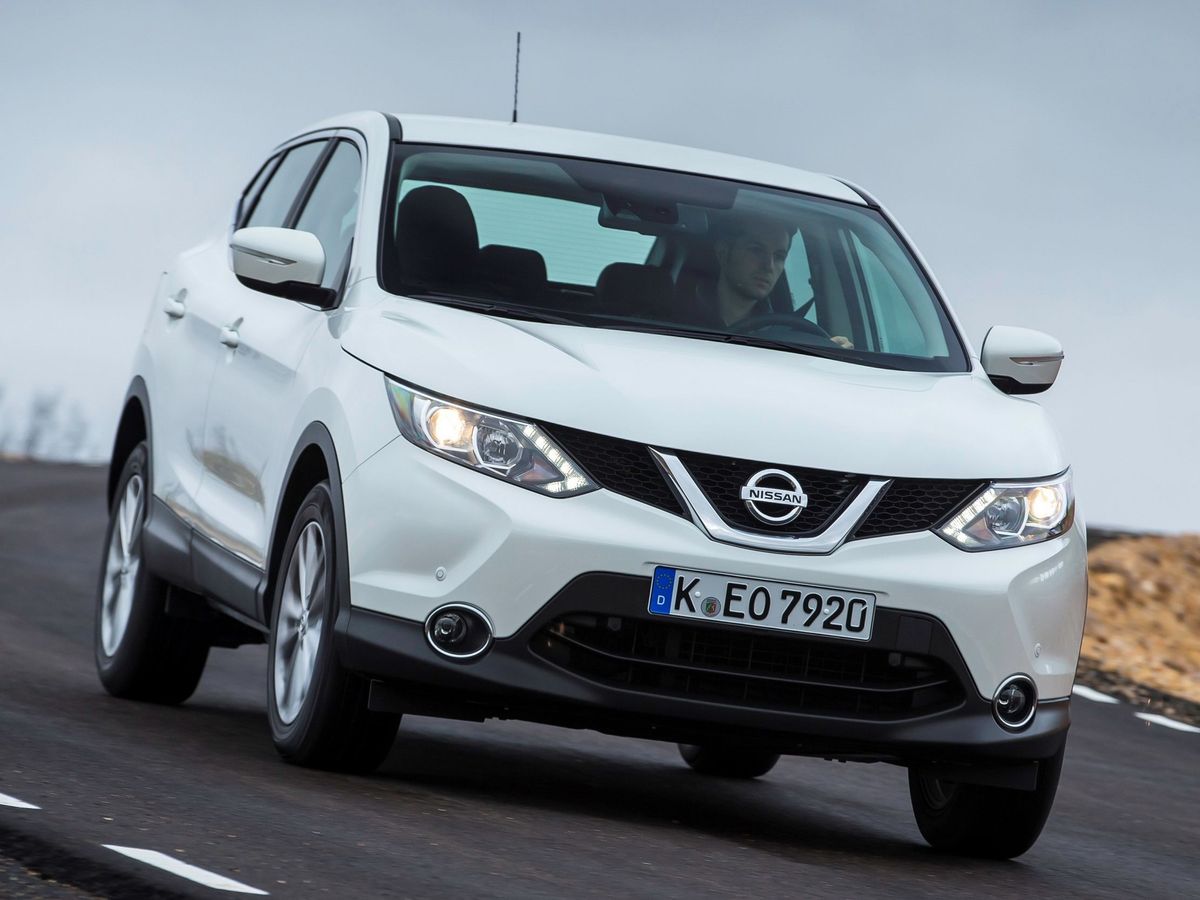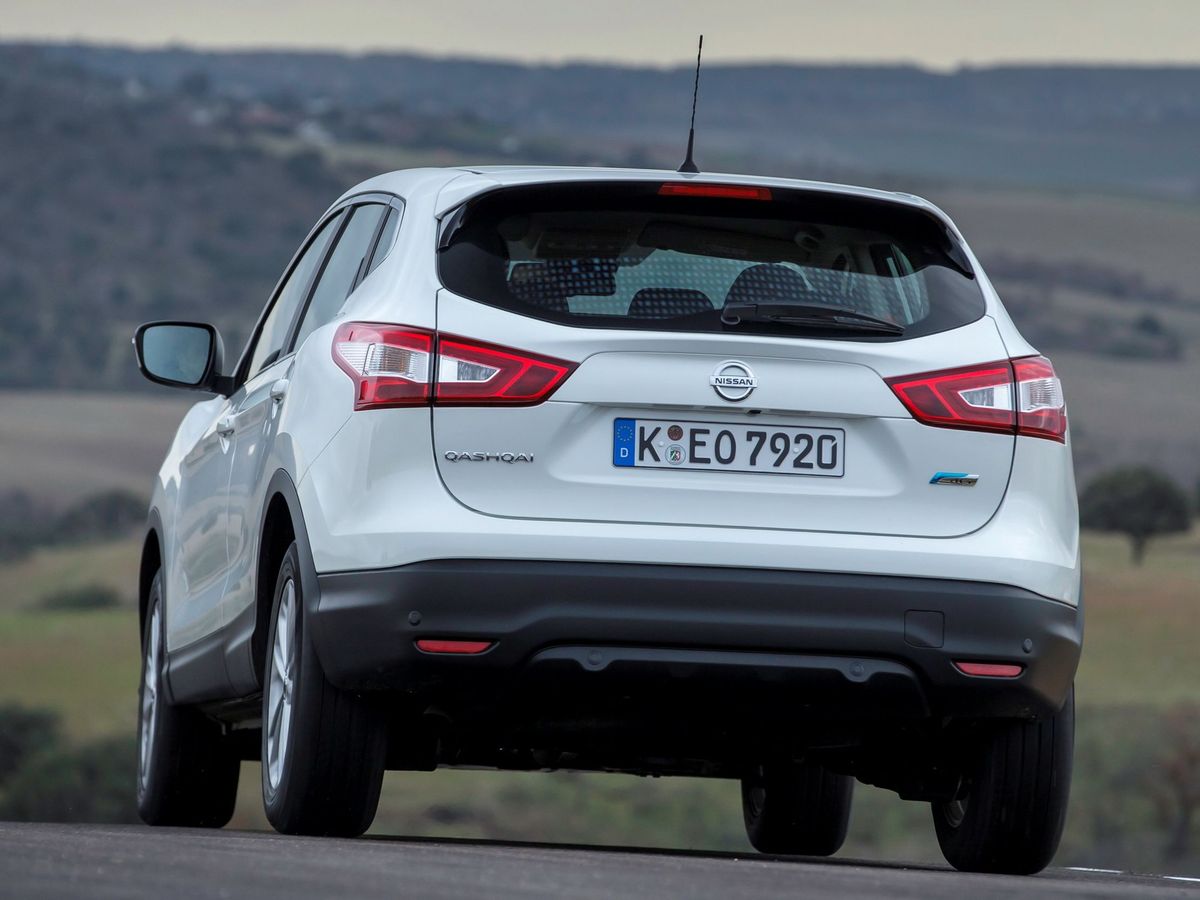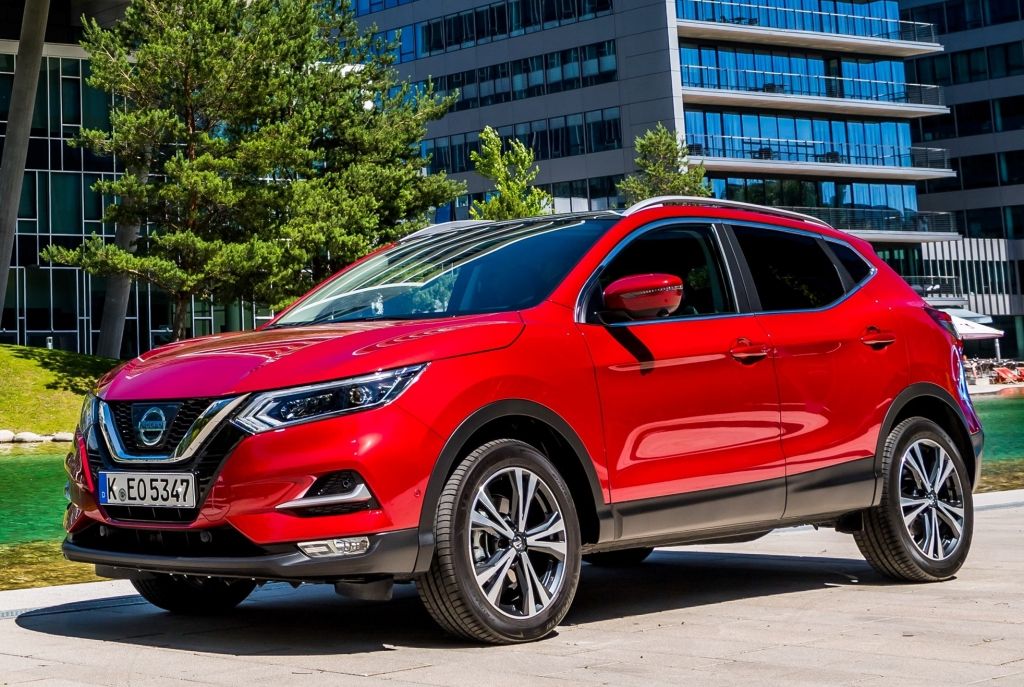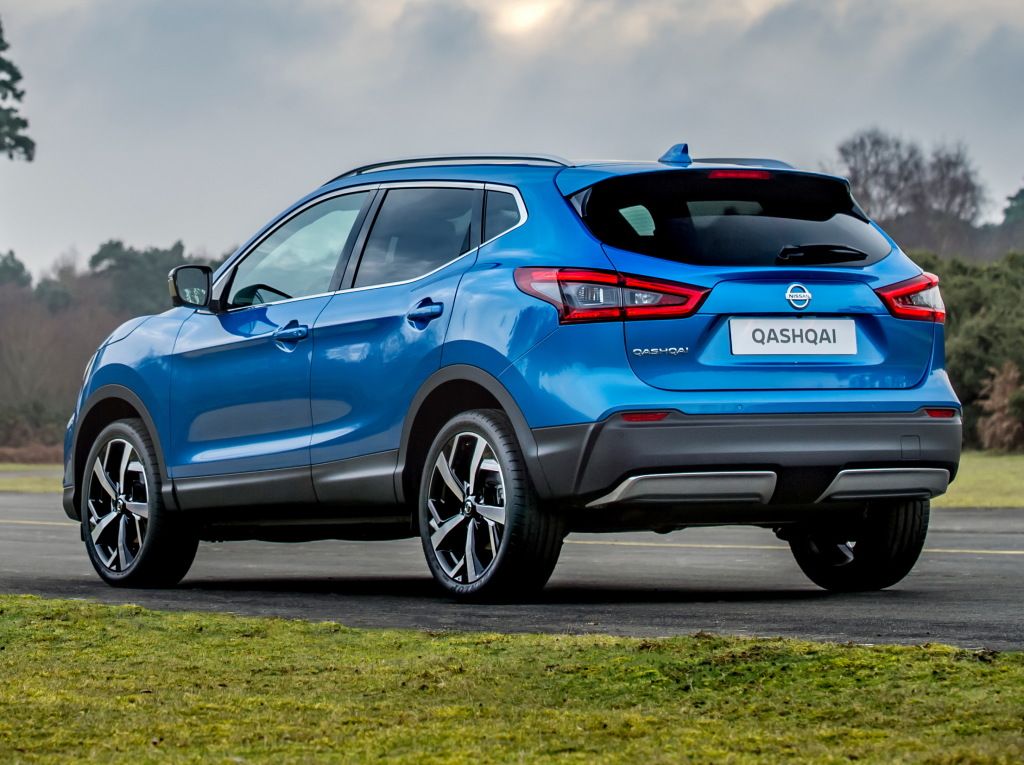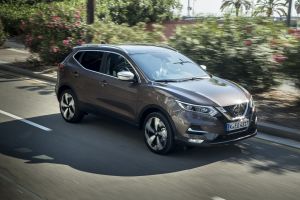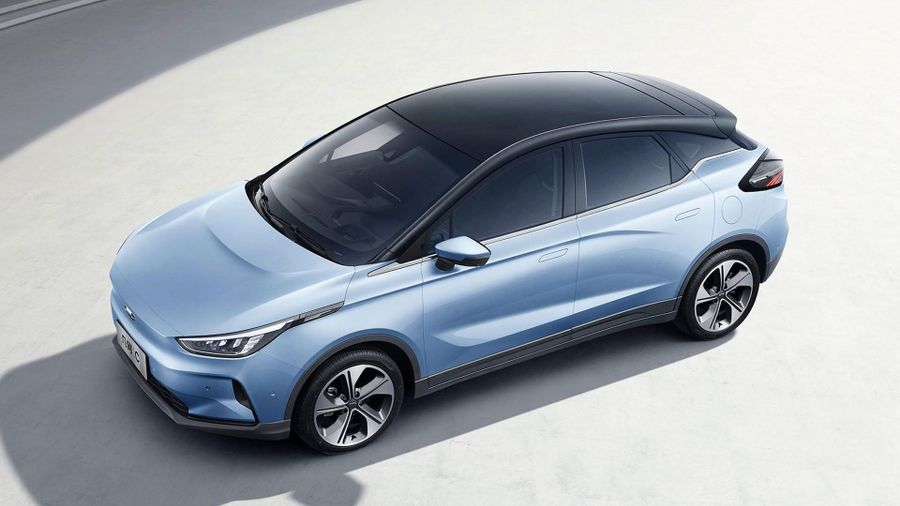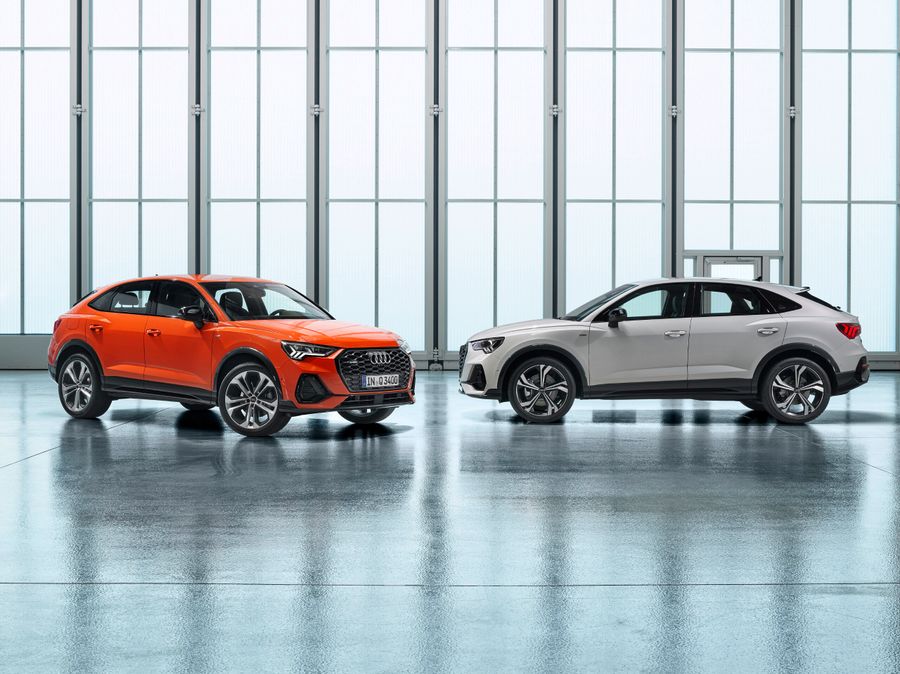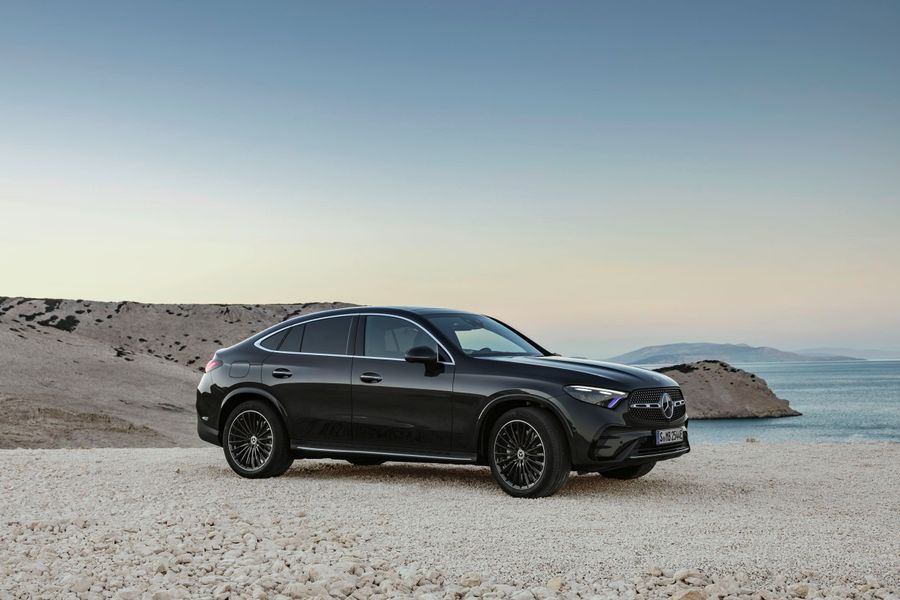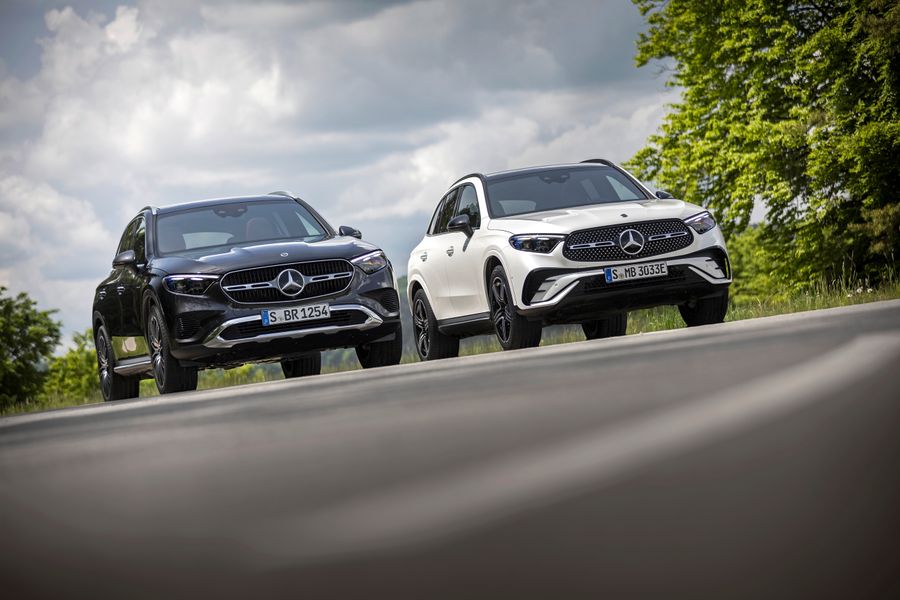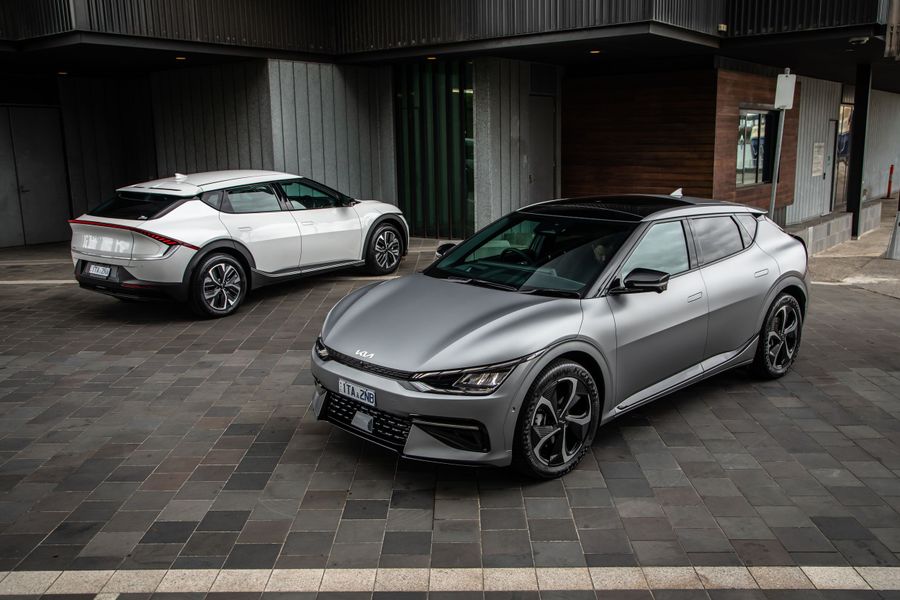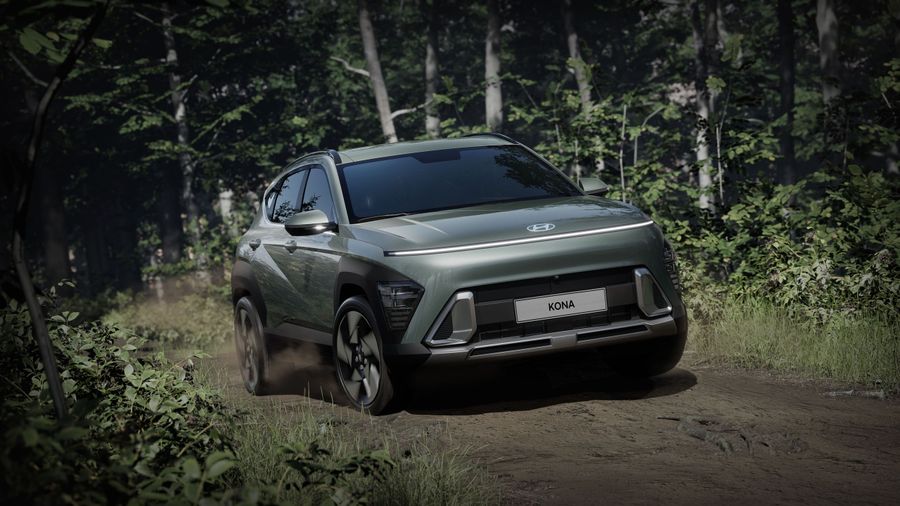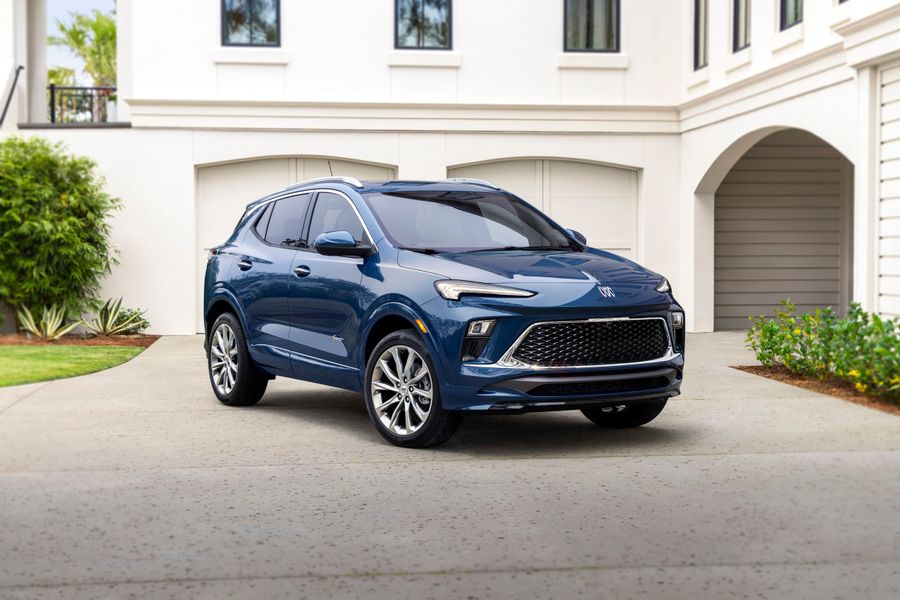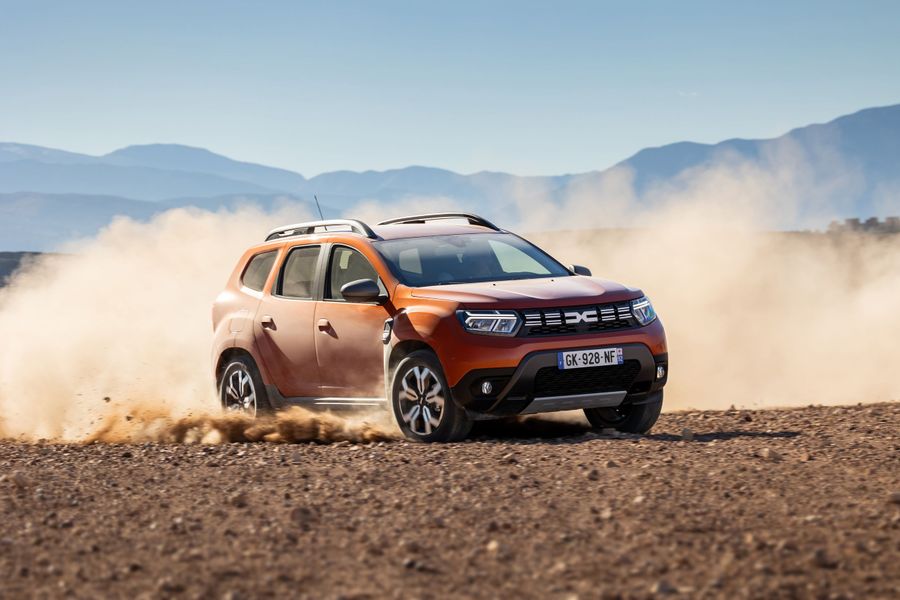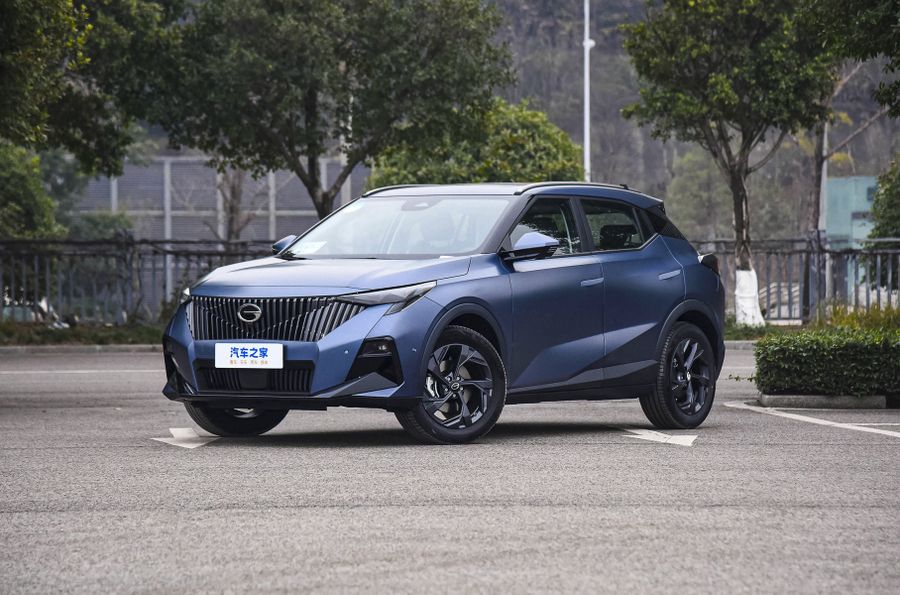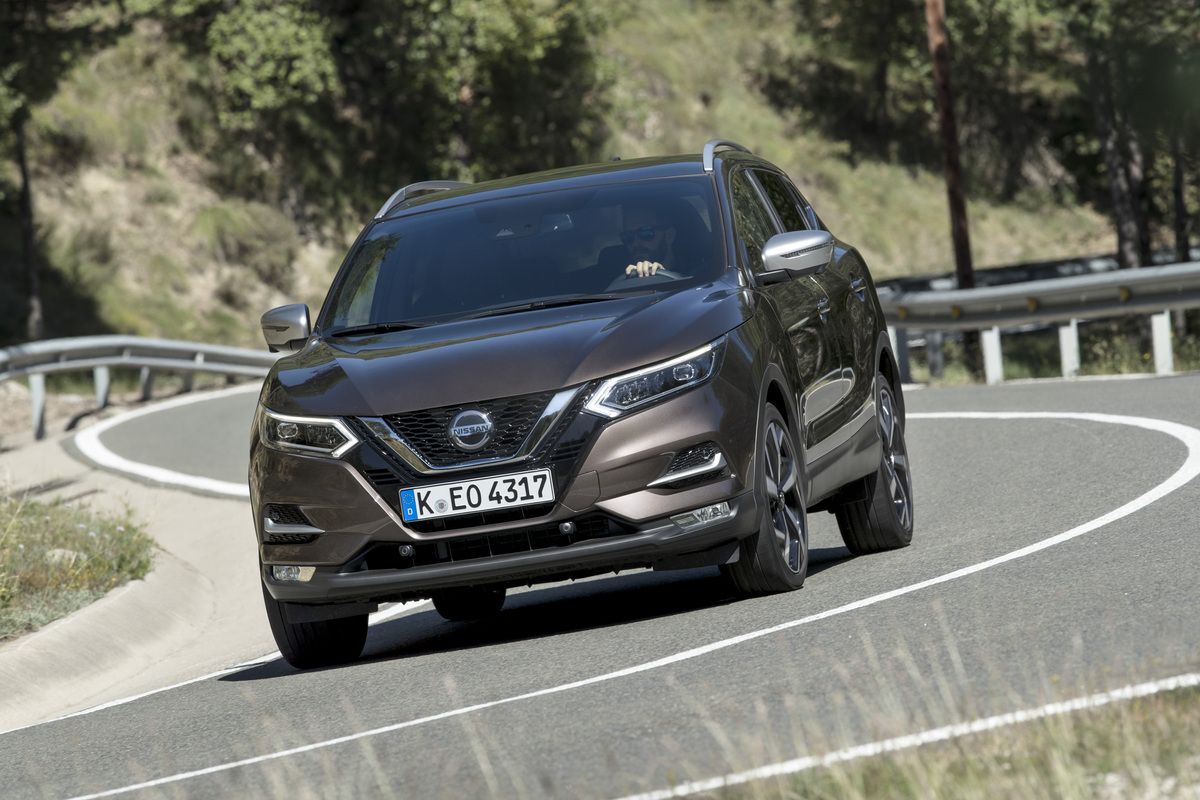
Nissan Qashqai SUV. 2nd generation, 2017 restyling
The Nissan Qashqai is a compact SUV, which has been produced by Nissan Motor Company (Japan) since 2006. In 2021, both the second generation vehicle after the restyling of 2017 and the 2021 third generation model are sold in the Israeli market.
Distinctive features of the second generation
The second generation SUV is built on the Nissan CMF (Common Module Family) platform, shared with many models by the Renault-Nissan alliance. The second Qashqai has become 47 mm longer, 20 mm wider and 15 mm lower, which has a positive effect on its steering response. All of its best qualities have been developed: the design has become more expressive, the good ergonomics of the driver’s seat has become even more perfect, good ground clearance and cross-country ability have been preserved, plus the vehicle is distinguished by excellent visibility. As for body size, it is 4,394 mm long, 1,806 mm wide and 1,590 mm high. The wheelbase is 2,646 mm, while the minimum turning radius is 5.6 m. The ground clearance reaches 200 mm. The maximum load capacity is 425-482 kg, depending on the modification. The volume of the trunk is 430 liters or 1,585 liters with the second row seats folded down.
Characteristics of the restyled version
After the restyling in 2017, the new Qashqai has acquired a redesigned front face, which makes the vehicle look like a refreshed X-Trail. The restyled SUV can be recognized by a larger radiator grille, a raised bumper with a changed position of the fog lights, new adaptive headlights with a more expressive LED pattern. The changes made to the exterior have allowed the drag coefficient to be reduced to 0.31 (before it was 0.32). Plus, the vehicle has a slightly changed rear end (new bumper and lights with diode filling), new design options for light-alloy wheels and new colors (bright blue and deep bronze).
The interior features a new steering wheel with a rim cut from below, improved finishing materials, and an upgraded multimedia system. Noise isolation has been improved. The seat design has been changed, and the backseat has become more comfortable. The composition of the equipment has been improved, new safety options have appeared, including the ProPilot semi-autonomous driving system. In addition, the SUV has acquired a retuned suspension and electric power steering.
Modifications
There are several modifications of the 2017/2018 Nissan Qashqai are available in Israel.
- Acenta: 1.3-liter turbo petrol engine (140 hp/5,000 rpm), 6-speed manual transmission and front-wheel drive. The average fuel consumption reached 6.8 l/100 km, while acceleration to 100 km/h occurred in 10.5 seconds.
- Acenta Top: It is equipped with the same engine and drive type, but with a semi-automatic transmission. The fuel consumption was 7 liters, whereas acceleration to 100 km/h occurred in 10.1 seconds.
- The following trim levels have the same characteristics, but have more options.
Trim levels
The basic equipment of the 2018/2019 Qashqai includes: 2-zone climate control, NissanConnect multimedia system with a 7-inch touchscreen monitor, navigation and 6 speakers, LED daytime running lights, leather reach and tilt-adjustable steering wheel, etc. More expensive trim levels include a heated windshield, a panoramic roof and leather trim (plus a leather steering wheel and gear knob), 19-inch alloy wheels, a keyless entry system, an electric driver’s seat and folding mirrors, and much more.
ABS, ESP and EBD (brake force distribution), six airbags are responsible for safety. Plus, more expensive trim levels offer an all-round visibility system, forward collision warning system, blind spot monitoring system, lane departure warning system and a parking assistant, which is able to independently carry out parallel parking. The options include the ProPilot semi-autonomous driving system, which independently controls the steering wheel, gas and brake, relieving the burden on the driver when driving in the city and on the highway.


